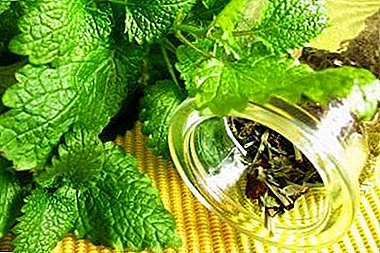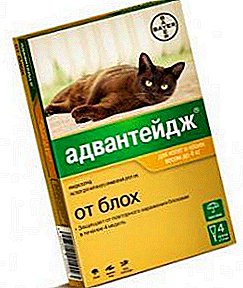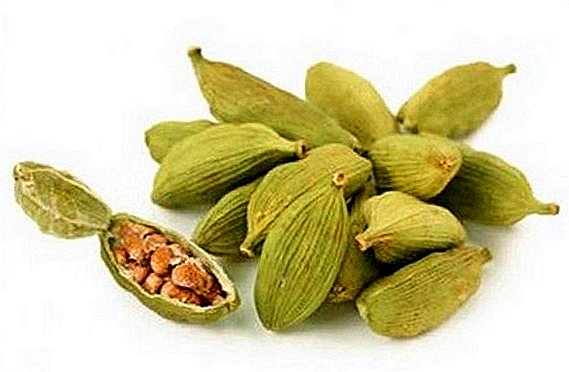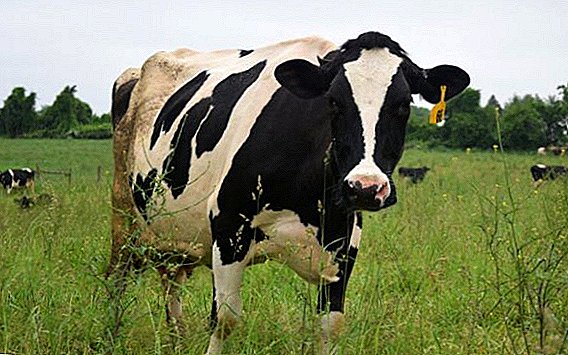 Diseases of agricultural cattle (cows, bulls, camels, deer, etc.) are dangerous because they develop suddenly and rapidly, are fraught with serious complications and lead to mortality. These diseases include leptospirosis. In this article we will consider what it is, what are its symptoms and measures to combat it.
Diseases of agricultural cattle (cows, bulls, camels, deer, etc.) are dangerous because they develop suddenly and rapidly, are fraught with serious complications and lead to mortality. These diseases include leptospirosis. In this article we will consider what it is, what are its symptoms and measures to combat it.
What is cattle leptospirosis
Leptospirosis is caused by the microorganisms Leptospirae, which infect animals and cause general intoxication, a febrile process and organ damage in their organisms. The threat of this disease is that rapid infection often leads to death.
It is especially dangerous for body cows and young animals. Wild animals, other pets, and people can also be affected.
How does the infection occur?
Leptospira, entering the body, affect the brain, liver, adrenal glands, spleen and other parenchymal organs. An outbreak of infection can immediately cover up to half of the population, and in the future these animals will be its stationary focus. Animals are infected mainly in the summer.
Important! During treatment and preventive measures with animals infected with leptospirosis, it is necessary to strictly observe personal hygiene and asepsis.The ways of leptospira infection are the following:
- eating grass planted with leptospirae on pasture;
- in stalls;
- during artificial and natural fertilization;
- in the alimentary route of infection;
- through the placenta.

How to recognize the symptoms
The following symptoms are indicative of leptospirosis:
- modified urine color;
- cardiopalmus;
- heavy, intermittent and shallow breathing;
- elevated temperature to 41 degrees;
- general weakness and lethargy;
- development of jaundice on the third day;
- rejection of feed;
- wobbly gait;
- painful urination in young individuals, accompanied by arching the back;
- the occurrence of edema, leading to necrotic manifestations;
- the appearance of bruises on the skin of the mucous membranes.
Did you know? Residents of villages in the north-east of Thailand eat rats, as they believe that in this way they can protect themselves from outbreaks of leptospirosis.Most of these symptoms occur in young animals. In adults, fever, lactation and miscarriages are present.

Diagnostics
Setting the correct diagnosis directly depends on:
- epizootic situation in the region;
- studies of materials taken from live animals and tissue biopsies of the victims.
The infectious diseases of cattle also include: anaplasmosis, pasteurellosis, actinomycosis, abscess, parainfluenza-3.For the diagnosis using the following methods:
- Microscopy - clinical studies of the urine of live animals.
- Bacteriological diagnosis - analysis of the tissues of the bodies of the dead individuals for the presence of microorganisms by microscopy.
- Serological - blood sampling for testing for the presence of specific antibodies.
- Blood tests for hemoglobin, leukocytes, bilirubin and sugar.

Pathological changes
The following pathological anatomical abnormalities are noticeable during the autopsy of the dead animal due to leptospirosis:
- yellowness of the skin and mucous membranes;
- swelling of the abdomen, sternum and limbs;
- focal necrosis of organs and tissues;
- accumulation of ichor, pus and fluid in the peritoneum and thoracic;
- modifications in the kidneys and liver (an increase and loss of clear contours);
- when cut, the liver has an astringent structure;
- kidney bruising;
- bladder swollen and filled with urine;
- yellowish color of internal organs.
Learn how to wean a cow to butt, how to measure the body temperature of cows, how to properly graze cows in a pasture, and what to do if a cow has poisoned and devoured crushed meat.
Control and treatment
Specific and symptomatic treatment is used to localize the disease.  For specific treatment, the following drugs are used:
For specific treatment, the following drugs are used:
- Anti-leptospirosis hyperimmune serum - Injected subcutaneously or intravenously 1-2 times. Dosage - 1 cu. cm per 1 kg of body weight.
- "Streptomycin" - intramuscular injection every 12 hours at a dosage of 10-12 thousand units per 1 kg of body weight. Therapy is carried out for 5 days.
- "Kanamycin" - administered intramuscularly at a dose of 15 thousand units per 1 kg of mass. The introduction is shown three times a day after 8 hours, for 5 days.
- Tetracycline preparations - orally in tablet form, 10-20 mg per 1 kg of mass, 2 times a day.
Important! It is forbidden to sell or move animals to other farms if leptospirosis has been detected on the farm.Remedies for symptomatic treatment:
- Ringer-Locke solution - intravenously, subcutaneously, 3000 ml per individual (the exact dosage depends on the weight of the animal, it is prescribed by a veterinarian during the examination).
- 40% glucose solution - intravenously. Adult - up to 500 ml, young animals - up to 200 ml.
- "Sulfocamphocain" or "Caffeine benzoate" - according to instructions.
- "Sintomitsin" - give inside by 0.03 g per kilogram of weight three times a day - 4 days.
- Potassium permanganate - inwards, an aqueous solution in the ratio of 1 to 1000.
- Laxatives.

Prevention and Leptospirosis Vaccine
In order to prevent leptospirosis, the following preventive measures should be carried out annually in households:
- Routine serological diagnosis of livestock.
- Monthly quarantine at the next delivery of new animals.
- Regular clinical examination.
- When miscarriage, examine the fetus for the presence of microorganisms and take blood from the cow.
- Deratization
- Mandatory vaccinations against leptospirosis of animals with the vaccine, polyvalent "VGNKI" (in the system and in the dosages specified in the instructions).
As we see, timely preventive measures are needed to combat leptospirosis in cattle. Also, during an epidemic that has already happened, the animals should be given the correct drug treatment, diet and provide them with rest and heavy drinking.
Reviews from the network













